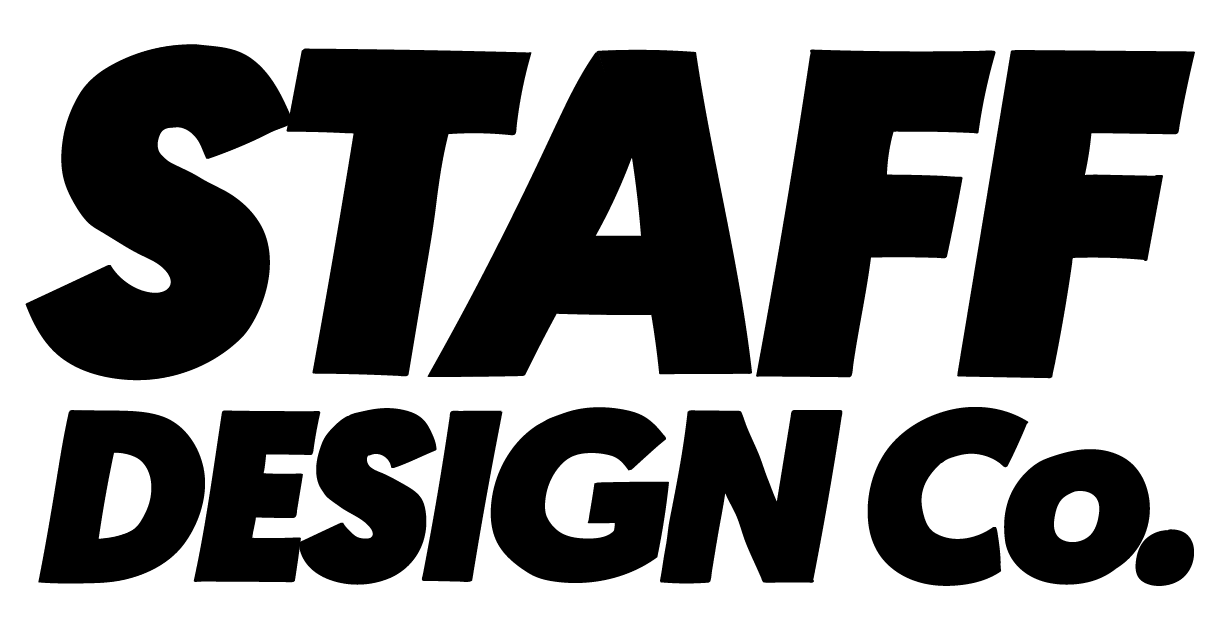Expanding Your Voice:
Leveraging Blogs and Podcasts for Growth
Finding ways to get your brand seen is more important than ever in this super-digitised age. Whether you are a business or an individual, utilising blogs and podcasts can help you diversify your content strategy and engage with a broader audience.
Creating and promoting blogs and podcasts can build your online presence, strengthen your brand, and encourage deeper connections with followers. Let’s explore some key platforms, tools, and strategies for effectively starting and growing blogs and podcasts for success.
1: Blogging Platforms for Every Level
Let's begin by discussing starting a blog. You can use many different platforms to build your brand, all of which cater to different types of content needs and digital skill levels.
It doesn't matter whether you're just starting out and you're looking for a simple tool to get you started or you are an experienced content creator looking for advanced customisation options, you can find a platform that's right for you. Let's take a look at some of the most popular options:
WordPress
WordPress is often considered one of the leading blogging platforms, with a fairly user-friendly design and a library full of plugins. Accessibility can present challenges with the array of around 12,000 themes and 60,000 plugins sometimes seen as overwhelming and difficult to choose between. Reliance on third-party plugins can lead to some security vulnerabilities if not managed properly, and the scale of the WordPress platform can lead to malicious attacks, so beware and make sure you maintain your security.
Although WordPress is a powerful tool for blogging, you must recognise its strengths and limitations to get the most out of it.
Blogger (Blog Spot)
If you are just starting out and want a quick, easy-to-use platform, Blogger is a great choice for beginners. Integrating seamlessly with Google services, it's easy to set up, and while its customisation options are more limited than WordPress, it's a perfect no-fuss solution.
Wix
Wix allows you to quickly build a free blog using its drag-and-drop website builder and offering various templates. An excellent platform for bloggers looking to create an aesthetic site without much effort. Wix's beginner-friendly tools allow anyone to create a beautiful blog without design or coding skills.
Section 2: Monetising Your Blog
Integrating E-commerce
The ability to monetise your own content is a significant consideration and advantage for blogging as part of your brand's digital marketing strategy. Including e-commerce features enables you to turn your site into a useful income generator. Selling products or services is a common way of monetising the platform, but selling digital downloads is an increasingly popular method of utilising e-commerce integrations.
Using PayPal for E-commerce
If you're using WordPress, plugins like the WordPress Simple PayPal Shopping Cart can help you easily integrate PayPal into your blog. This allows you to set up a shopping cart and sell directly from your site without complex e-commerce software.
Steps to Set Up Monetisation
Setting up monetisation is simple and can be done in a few steps:
1. Choose a monetisation method (e-commerce, ads, sponsored content, etc.).
2. Set up an online payment system like PayPal for smooth transactions.
3. Add shopping carts or donation buttons to relevant pages on your blog to streamline the process for visitors.
4. Regularly track your sales and optimise your monetisation efforts to improve revenue generation.
3: Creating High-Impact Podcasts
Podcasts are booming in popularity (21.2M listeners in the UK alone) and provide a unique way to engage with your audience. Unlike written content, connecting through speech and conversation is a more intimate and personal experience, with people turning to podcasts for entertainment, education, and inspiration, making it an ideal medium through which to grow your brand.
Choosing the Right Format
When you are starting a podcast, one of the first decisions is selecting a format that best suits your content and audience:
Interviews are great for featuring guests such as experts or influencers and offer diverse perspectives.
Solo Episodes allow you to share your own insights or experiences, which are perfect for thought leadership and adding weight to personal brands.
Co-hosted Discussions bring a dynamic approach with a mix of ideas and a conversational style at play.
Essential Tools for Starting a Podcast
Starting a podcast doesn't require an extensive setup, but you'll need a few key tools to ensure high-quality audio and production:
Microphone: A quality microphone is important for clear audio. The Audio-Technica ATR2100x is a popular choice for podcasters.
Editing Software: Programs like Audacity or Adobe Audition allow you to fine-tune your recordings.
Hosting Platform: Platforms like Anchor (now Spotify for Creators) or Libsyn make it easy to upload, distribute, and manage your podcasts.
Spotify for Creators (formerly Anchor.fm) now integrates a broader array of creator and analytics tools; however, it is yet to be seen if use costs may increase following this takeover.
Section 4: Enhancing Blog and Podcast Reach
Researching Backlink Value and Site Authority
To boost the visibility of your blog and podcast, you must invest in building authority. Tools like Moz.com help you analyse your website's backlink profile, which is important for improving your site's credibility, known in the industry as ‘authority’ and ‘ranking’.
SEO Tips for Blogs and Podcasts
To improve your SEO and rank higher in search results, consider these strategies:
· Use targeted keywords in your blog and podcast titles, descriptions, and tags.
· Include backlinks within your content to increase page authority.
· Write detailed show notes for your podcast episodes to improve searchability.
Cross-Promotion Strategies
A great way to boost your audience on both platforms is cross-promotion:
Promote your podcast on your blog, offering clipped highlights, episode or show notes, and a link for people to listen.
Share and refer to your blog posts in podcast episodes, directing listeners to read your content for additional information on a subject.
5: The Role of WhatsApp in Modern Marketing
Why WhatsApp?
WhatsApp has become essential for businesses and content creators to connect with their audience in real-time. It's fast, direct, and personal, allowing you to communicate more informally and immediately than email or social media.
Using WhatsApp to Promote Blogs and Podcasts
Here are some practical ways to use WhatsApp to promote your content:
Share your latest blog posts or podcast episodes with your contact list.
Create broadcast lists to send updates to multiple subscribers at once.
Encourage followers to share content directly through WhatsApp to increase reach.
Integrating WhatsApp Communication
WhatsApp is also an excellent tool for gathering feedback, engaging followers, and answering questions. Use it to create a dialogue with your audience and learn what they want to hear next. Be aware that there are some automation hurdles—doing anything other than sending messages or updates may require a Business API. Wrangling audience growth can become demanding, and there are some security concerns due to the scale of the platform and its attraction to hackers.
Conclusion
Expanding your voice through blogs and podcasts opens opportunities for engagement, brand building, and growth. The key to success lies in consistency, cross-promotion, and integrating innovative strategies across your platforms.
Now is the perfect time to start or enhance your blogging and podcasting efforts. Whether you're looking to educate, entertain, or inspire, these platforms offer endless possibilities for connecting with your audience meaningfully.
What Now?
Ready to start or grow your blog and podcast? Explore the platforms mentioned in this post and implement the tools and strategies to amplify your voice. Share your experiences, tips, and thoughts with us in the comments below, and don't forget to reach out if you need help with your content creation journey. Let's get your message out there!





